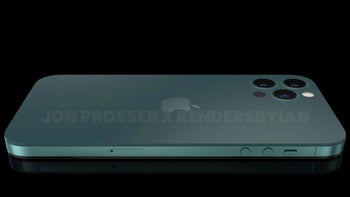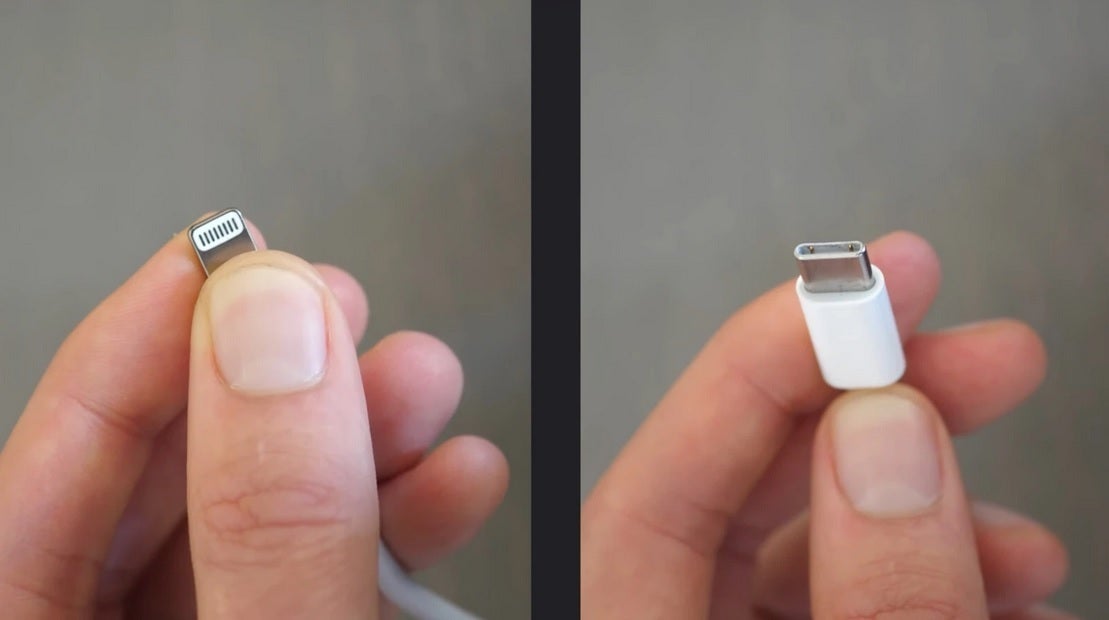Apple doesn't need to convert the iPhone from the Lightning port to USB-C until iPhone 17

Last month, the European Council (EC) approved Parliament's common charger legislation requiring that electronic devices must have a USB-C charging port. And that includes the iPhone. Today, according to Cult of Mac, the EC decided that the new rule will take effect on December 28th, 2024. So that means that while Apple could replace the Lightning port with a USB-C port on next year's iPhone 15 series, it won't be required to do so by the EC until it launches the iPhone 17 presumably in September 2025.
After December 28th, 2024, products already released before that date can be sold without a USB-C port on board. Devices introduced after that date must use a USB-C port for charging. Most Android handsets already use USB-C which means that they will not be affected at all. Apple has already decided not to fight the change which will end the use of its proprietary Lightning port. Apple replaced the 30-pin connector it was using on the iPhone with the smaller, easier-to-use, and reversible Lightning port starting with the iPhone 5 in 2012.
Most Apple iPhone fans are looking forward to the change from the Lightning port to USB-C
Many iPhone fans have been looking forward to this change since it will allow them to use accessories not necessarily designed for iOS including those made for the Mac. Apple will feel the impact of the change where it hurts the company the most-in the wallet since it no longer will require iPhone buyers to purchase a Lightning cable for wired charging of the device. Instead, once the USB-C port is placed on the iPhone, users will be able to buy cheaper USB-C cables or use some that the iPhone owner happens to have lying around.

Apple's proprietary Lightning plug on the left, USB-C on the right
Apple could decide not to wait for the iPhone 17 to use USB-C and make the change next year. That would make sense with the iPhone's latest redesign expected for the iPhone 15 series; there are several tipsters who believe that Apple will indeed make the change with the 2023 models. Apple has already replaced the Lightning port with a USB-C port on the following iPad devices:
- iPad Pro (change first made in 2018).
- iPad Air (change first made in 2020).
- iPad mini (change first made in 2022).
- iPad (change first made in 2022).
The USB-C transfers data at speeds up to 640Mbps or 33% faster than the Lightning port
Another advantage of the USB-C port is that it is faster than the Lightning port. The latter supports USB 2.0 with a data transfer speed of 480Mbps compared to USB-C which supports USB 3.0 and can transfer data as fast as 640Mbps. That makes USB-C 33% faster than the Lightning port.
The idea is to offer consumers in the EU a universally used charging platform so they don't have to buy a new one every time they get a new device. Demanding that all devices offer USB-C ports also helps the planet. In the EU alone, chargers that are not used and those that are thrown out weigh in at 11,000 tons annually. This e-waste (or electronic waste) can be sharply reduced.
And forcing manufacturers to use USB-C ports on their devices will also save EU consumers up to 250 million Euro (equivalent to $264.4 million) on unnecessary purchases of chargers each year. The combination of saving consumers money and saving the planet had the EU make the only decision that if felt that it should. And as a result, Apple will be making a global change to its most important product.













Things that are NOT allowed: